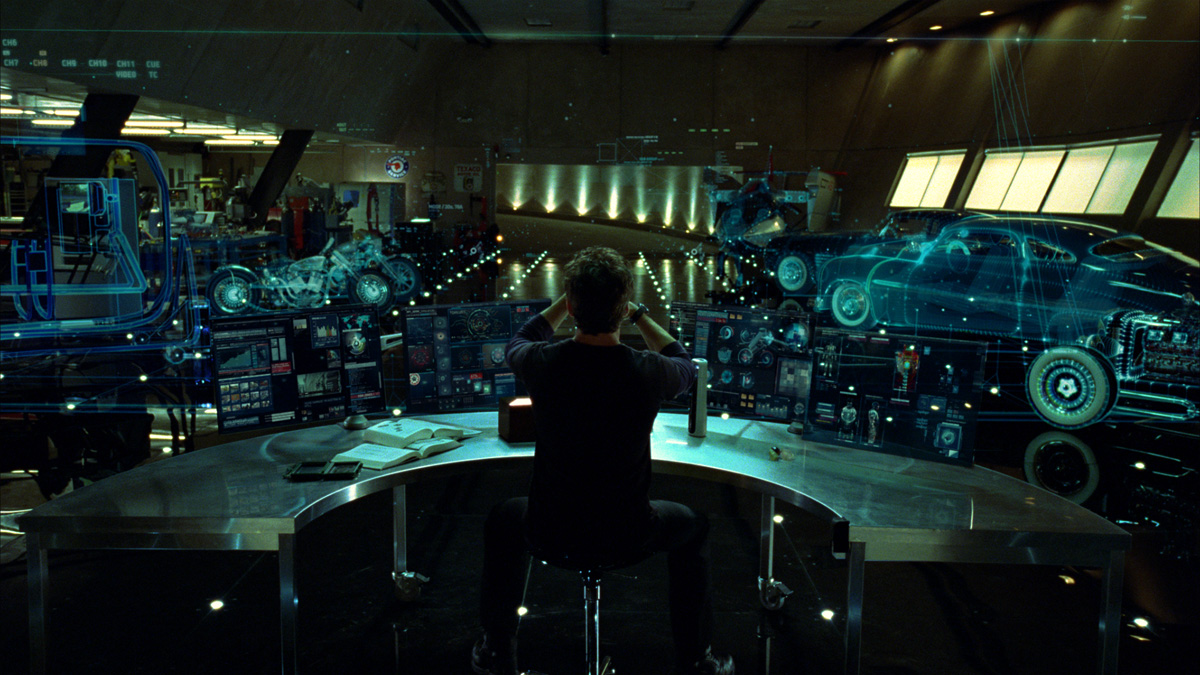The Personal Information Processor (PIP) Boy is a fixture of Fallout games. As a rugged, wearable, personal computer, it is a constant companion throughout your game character's life and harrowing post-apocalyptic adventures. IRL, however, it begs broader disruptive questions. Consider the computing devices around you right now: How many still work after even a day away from a wall plug? How many fewer will survive more than a few years of aggressive hardware release cycles, design for obsolescence and everyday wear? What does it really take to make robust, sustainable, ubiquitous technology? Shock and water resistance might be a good start but what about energy independence and repairability? When might the pursuit of umpteen extra GHz of computing power be less beneficial than a simple flashlight?
These are complex issues with multifaceted factors. Our ephemeral, disposable miracles of plastic, silicon and lithium are just the tip of enormous icebergs of decisions made by thousands of people around the world. In the face of very real environmental and societal problems that come with modern electronics, it's easy to be cynical about profit motives and to criticize one detail or another. It is difficult, however, to drive real change without data and concrete examples. This project aims to chip away at that iceberg via two interwoven threads:
1) OpenPIP: the design and prototyping of a robust, portable computing device as a way to explore issues in sustainable, ubiquitous computing;
2) ParaDocs: networks of visual concept maps that run along side typical documents and design work to create an accessible, integrated documentation space.
The technical project provides meaningful content for the integrated information space and the mapping work helps to improve the rigour and communication of the design. Throughout, the project explores critical questions about how we can and should support everyday living with electronics.
Of course, this project can only scratch the surface of such a complex set of issues and design tasks. The electronics work will heavily depend on off-the shelf components and DIY-level prototyping facilities. The concept mapping work will be performed in software that remains in intermittent development and lacks consistent support. With these limitations in mind, the specific objectives of the project are to develop:
1) A robust, versatile, wearable, self-powering technical prototype with features that at least complement common portable devices.
2) Hypermedia map-based documentation of the design process including multiple views focusing on: background research, decision rationale and templates for typical systems engineering issues (electronics, prototyping, integration, ergonomics, etc..).
3) Wider awareness of issues and potential solutions around sustainable, ubiquitous computing.
Ultimately, this project is about finding ways to develop broader ownership of the processes by which we augment ourselves, manage our attention and collaborate on complex problems.
